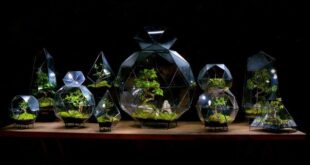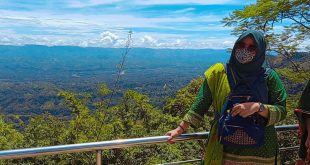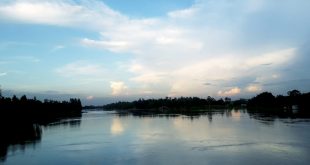Ecological succession is the process of change in the species structure of an ecological community over time. It is the gradual process by which ecosystems change and develop over time.
In this article, Types, Examples, Causes and Varoius models of Ecological Succession will be discussed in detail.
Definition
- Ecological succession is a process where one plant community changes into another plant community. It involves the immigration and extinction of species coupled with changes in the relative abundance of different plants.
- Succession occurs because, for each species, the probability of establishment changes through time as both the abiotic environment (e.g. soil conditions, light intensity) and the biotic environment (e.g. the abundance of natural enemies, the nature and competitive ability of neighboring plants) are altered.
Best safe and secure cloud storage with password protection
Get Envato Elements, Prime Video, Hotstar and Netflix For Free
Best Money Earning Website 100$ Day
#1 Top ranking article submission website
- Succession is different from both evolutionary change which occurs slowly over hundreds or thousands of generations. It also differs from seasonal or annual fluctuations that occur more rapidly in abundances of species.
A Succession
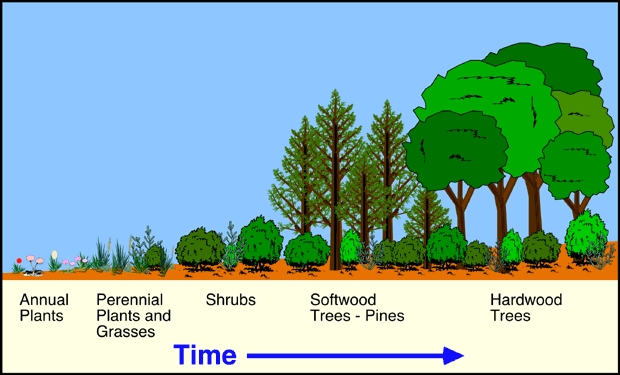
Types of Succession
Ecological successions may be of two types:
1. Primary succession
2. Secondary succession
Primary succession
Succession that begins in a habitat where there was no pre-existing communities is called primary succession.
Primary successions are associated with two processes:
(1) increasing soil nitrogen and
(2) increasing height of the mature plant
The interactions between these two processes determines the order of species replacement.
 Most primary succession occurs following glacial retreat, volcanic eruption, earthquake, sediment deposition or reduction of sea level.
Most primary succession occurs following glacial retreat, volcanic eruption, earthquake, sediment deposition or reduction of sea level.
Secondary succession
Succession that occurs on a surface where a community has previously existed.
Secondary succession can occur in ecosystems that have been disturbed or disrupted by humans, animals, or by natural process such as storms, floods, earthquakes, or volcanic eruptions but left the soil intact.
Pioneer Species
A pioneer species is a species that colonizes first in the primary succession. Development of Pioneer species in Primary and Secondary Succession are as follows:
Pioneer Species in Primary Succession
- Over time, a pioneer species makes the new area habitable for other species.
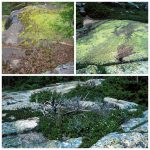 The pioneer species is determined largely by the nature of the substrates. Such as on smooth bare rock lichens are grown, on ribbed rock bryophytes, on gravel perennial herbs, on sands grasses etc.
The pioneer species is determined largely by the nature of the substrates. Such as on smooth bare rock lichens are grown, on ribbed rock bryophytes, on gravel perennial herbs, on sands grasses etc.
- They secrete acids that can break down rock. Their dead, decaying organic materials, along with bits of sediment from the rock make up soil. It occurs very slow at first.
- The stable, mature community that eventually develops from bare rock is called a climax community.
Pioneer Species in Secondary Succession
-
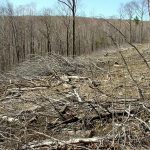
Click here Pioneer species in secondary succession are usually plants that begin to grow in the disturbed area.
-
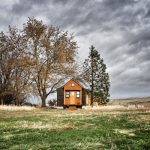
Click here In secondary succession, short-lived plants with high relative growth rates flourish and achieve dominance first, followed by herbaceous perennials, then by rapidly growing, short-lived trees, followed eventually by slow-growing long lived trees.
- Secondary succession is much faster than primary succession.
Old Field Succession
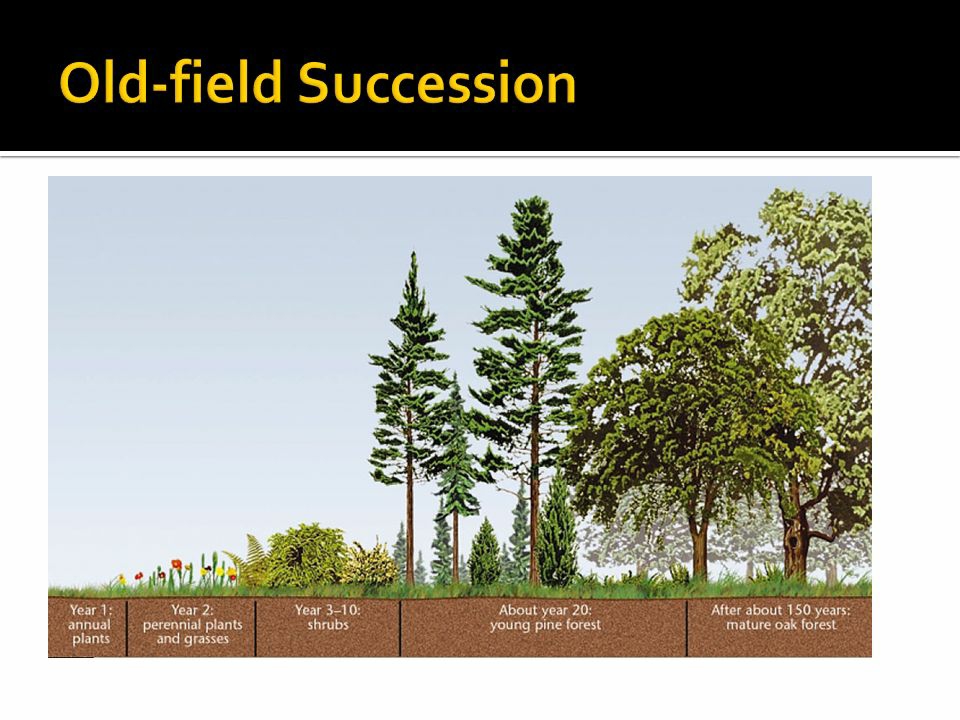
Causes of Ecological Succession
Three major causes have been identified for the process of succession:
1. Initiating causes: These causes include biotic and climatic factors that destroy the existing population of the area. Climatic factors include wind, fire, natural disasters, erosion etc. The biotic factors include activities of other organisms.
2. Continuing causes: This is also called ecesis. These processes are continuous such as aggregation, competition, migration etc. Common changes include change of soil nutrients, accumulation of organic matter in litter or humic layer, change in soil pH etc.
3. Stabilizing causes: These include the climatic factors resulting in the stabilization of community. Rainfall, temperature etc. determine the stability of a community.
Successive Three Models
Resident Species
- Resident species at a location encourages the colonization of a subsequent species.
- Resident species is relatively neutral to the other species.
- Resident species inhibiting the colonization of other species.
Grimes Life History
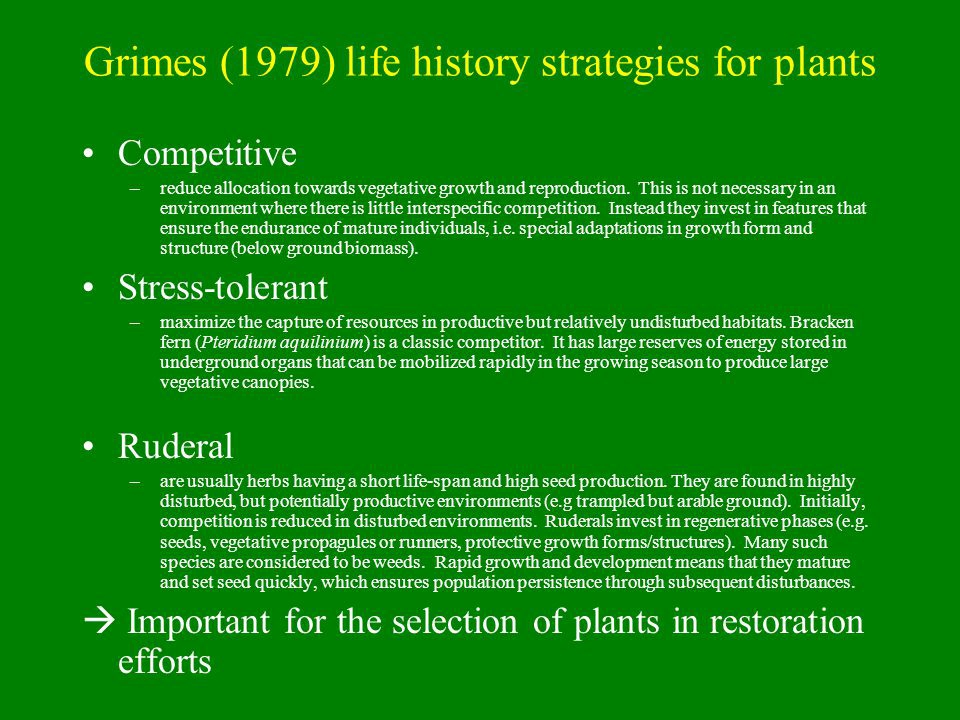
 Plantlet The Blogging Platform of Department of Botany, University of Dhaka
Plantlet The Blogging Platform of Department of Botany, University of Dhaka


